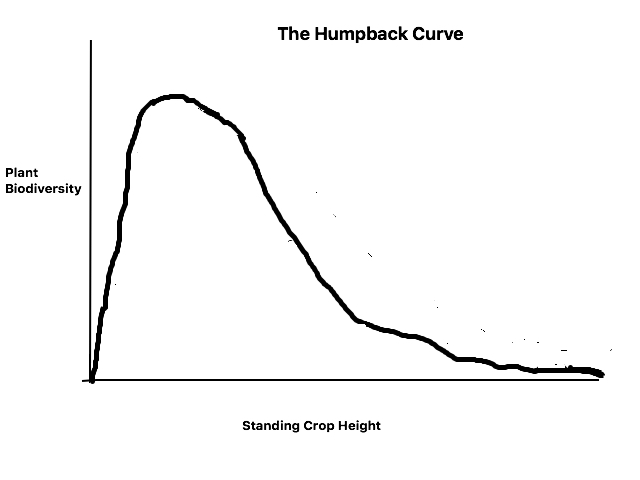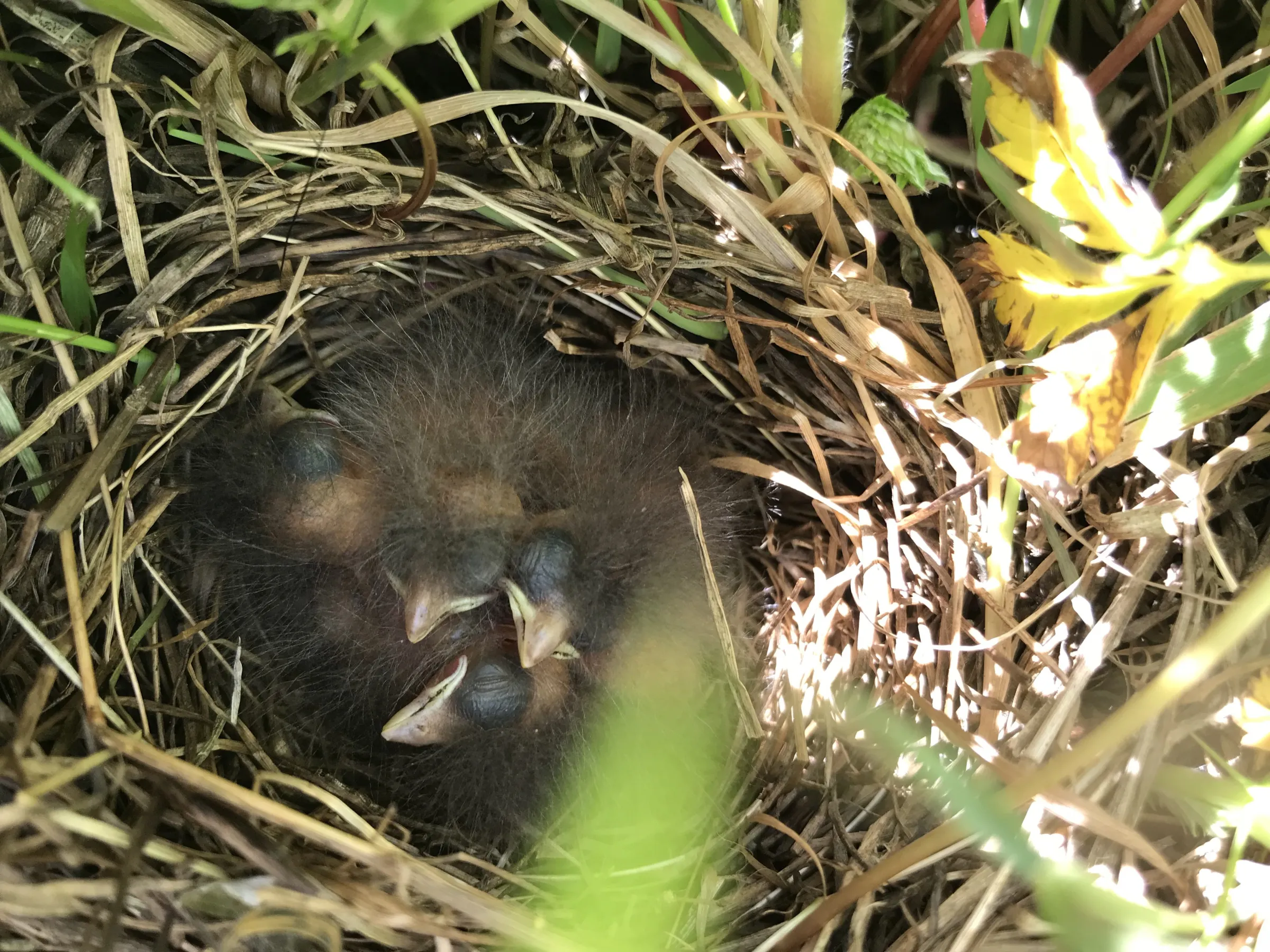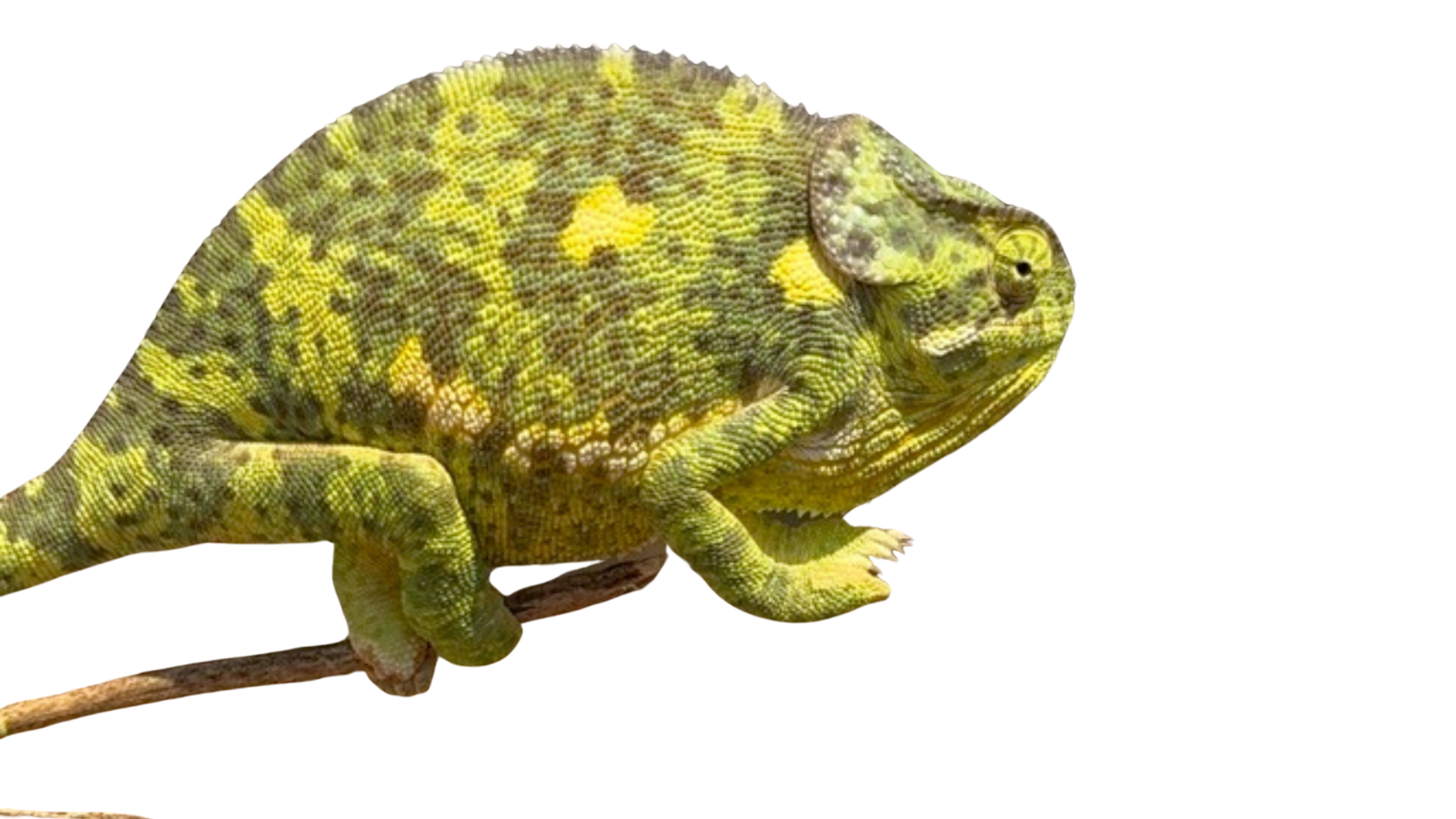The reason I am in ranching is that I want to increase the amount of life in the world and, in my small way, ranching provides the best opportunity for me to do that. So with that being the goal, I need measures of how I am doing. There are two ways that I can think of to measure the amount of life on a piece of earth. If you can think of more, write a comment.
First of all, you can measure the volume of living material on that piece of earth, the amount of carbon that has been turned into the bodies of organisms, using the energy of the sun. Secondly, you can measure the number of different types of life on that piece of earth, the number of species, the number of genes. This is biodiversity, and this is the continuation of a discussion that started on Facebook on the role of vegetation height and plant biodiversity. This posting and this series is by nature geeks, for nature geeks and gets into the weeds (ha) of the drivers of herbaceous biodiversity. Read to find out if you are a nature geek. You’ll know if you get a funny feeling in your pants.
Before I get to that, I want to back up by pointing out that anyone who raises livestock on pasture/range is creating a food substitute for annual crops. Annual cropland has almost no biodiversity. Replacing calories from annual crops with calories from pasture is one of the most efficient ways we have as a species to increase biodiversity.
So congratulations ranchers. You’ve succeeded in being not worst. Now, how can we be best?
Well, the first way is by controlling the height of our vegetation. Ranchers have a lot of control over how tall their vegetation gets, and vegetation height has a big impact on biodiversity. So what is that impact? For that, we need to look at the research.

The above graph portrays the relationship between standing crop height in grasslands and the number of plant species on that site.* Let’s unpack this diagram a little bit. Starting from bare ground, plant biodiversity goes up very quickly. Biodiversity also peaks very quickly, in other words, the maximum plant biodiversity is found in relatively short grasslands. From that peak, our line quickly goes down, so that as plant height increases, plant biodiversity decreases. By the time the grass gets as tall as it can get, biodiversity has come way down off of its peak, though it can never hit zero. In order to have any ‘plant height,’ you have to have at least one species of plant.
This has been dubbed a “humpback curve,” maybe just because it has that hump, maybe because it kind of looks like a whale half submerged. Oh come on, squint your eyes and use your imagination.
This curve jives with my anecdotal experience all over the world and also very closely matches the results that we (Sonoma Mountain Institute) have found in our seven years of data collection.
The next question then is why? Other ecological environments do not exhibit this pattern, why do grasslands? If we are going to effectively use this information to make decisions that affect biodiversity, we have to know the drivers behind it. Mechanical Engineers only got so far before they had Newton’s Laws of mechanics. Biodiversity is the project of ecological engineers and our discipline is still stuck in the dark ages.
First of all, we could ask the researchers themselves how they interpret this data. Big mistake. Warning: this is where I go off the rails on a tangent about the psychology of science. I think there are two kinds of scientists. If you look at a scientific paper, with four sections, hypothesis, methods, results and conclusions, no one scientist is going to be equally majestic in all four sections. There are scientists that are good in the middle sections, methods, and results. These people design elegant experiments, fastidiously collect data, sort through the noise of their data sets with judgment and wisdom, and present unbiased results. These people are “researchers.”
Then there are those people that specialize in the margins of the scientific paper, the hypothesis and conclusion. They sort through the field of other people’s data to make hypotheses that simply and elegantly set the context of the problem. Then they take their new information to build new frameworks for understanding the world. These are “theorists.” I hypothesize there has never been someone good at both. In fact, never trust the theories of a researcher and never trust the data of a theorist. You get three guesses as to where I fall on this spectrum. If you have any doubt I will show you my data sheets from up here in Oregon.
The researchers that present their findings on the role of vegetation height on plant biodiversity say that the humpback curve is an example of how “medium production, medium disturbance” creates the highest biodiversity in global ecosystems. This theory is, first of all, not true. As for production, tree biodiversity is maximized in forests that are pretty close to the top end of forest production. There are important exceptions, such as redwood forests, very productive, very low biodiversity. I will muster restraint and try to not talk about that right now cause I have way too many tangents already. I will continue to muster restraint and not talk about “disturbance.” I’ll need a whole blog post to discuss why the whole idea of disturbance in ecology is so problematic that it might have to be dropped altogether.
Secondly, this theory is not a theory. In order for a theory to be a theory in ecology, it must be connected to Darwin’s natural selection. You have to take a stab at explaining why this particular pattern reflects the successful strategy of organisms over hundreds of millions of years. Medium Production, Medium Disturbance (MPMD) does not do this.
In my last post, I spent a lot of time beating up on “biophysical heuristics” like MPMD. Next week I will give you my own biophysical heuristic to explain the humpback curve. What? You don’t like that? Well, maybe I will deal with that in the week after next.
*Of course, as with all things in science, the validity of the humpback curve has its detractors. I have too many tangents going to take up another one, but it is important for us to keep researching the subject.

